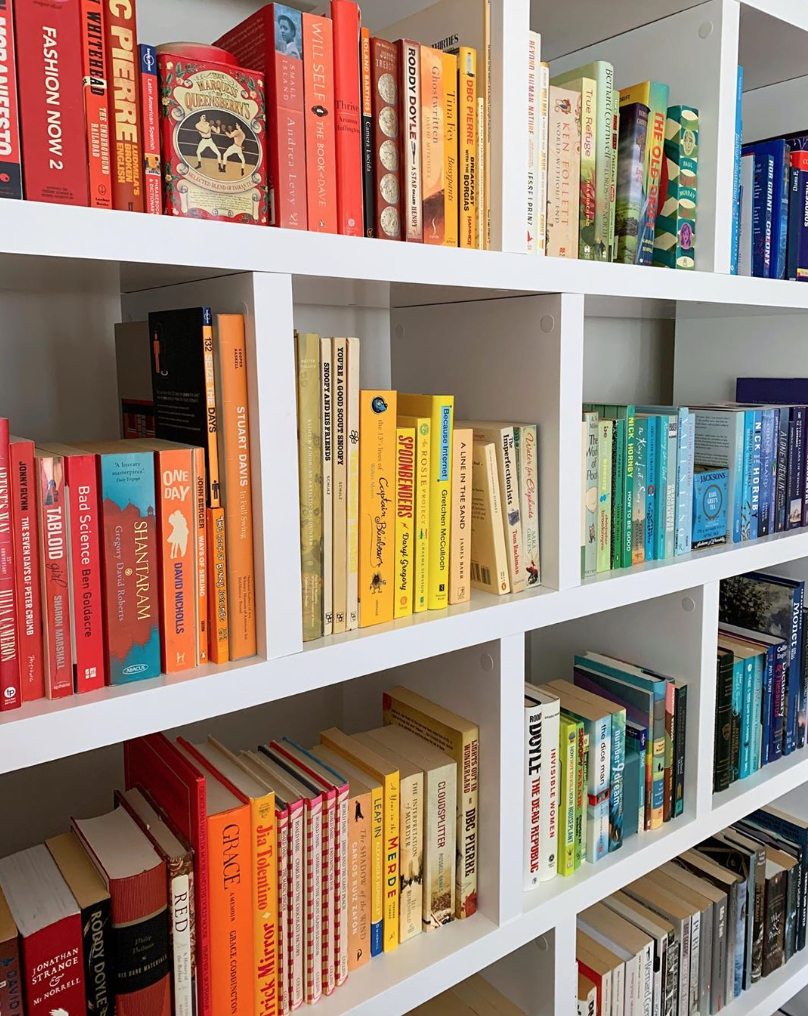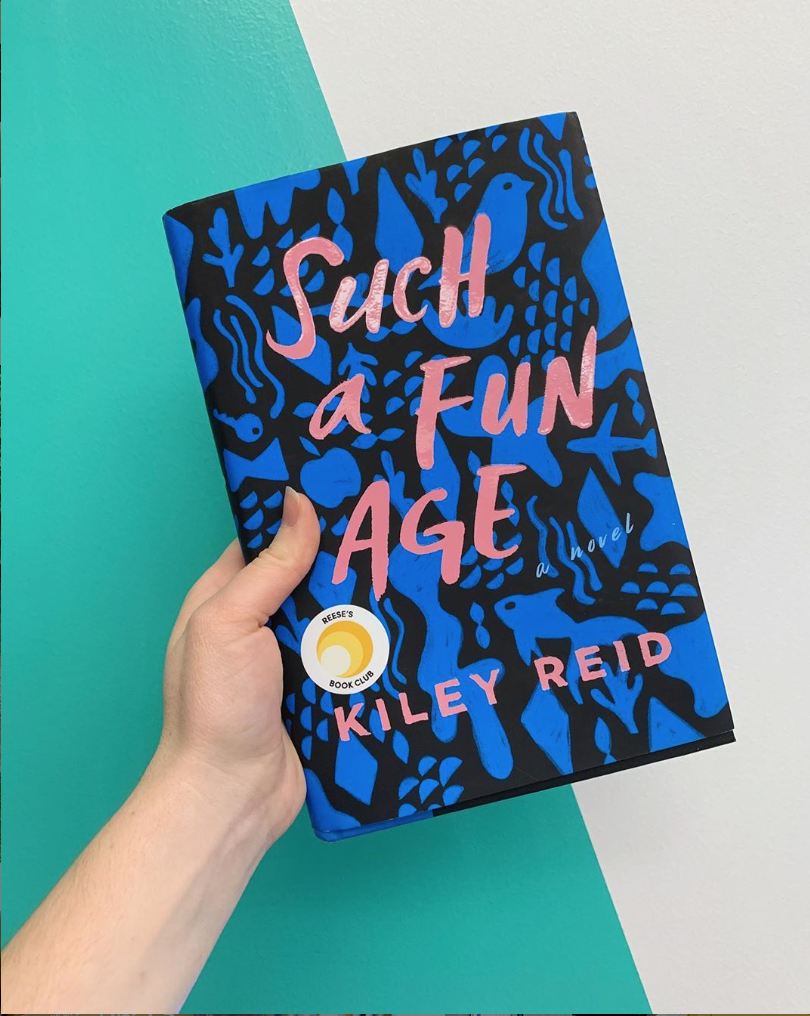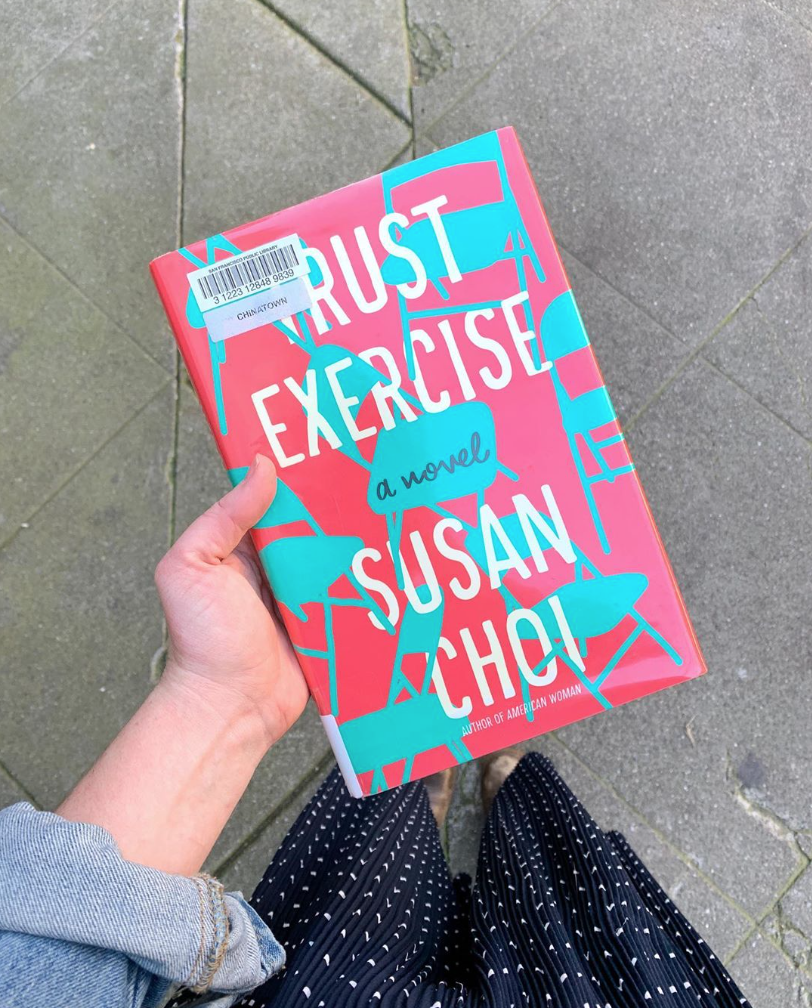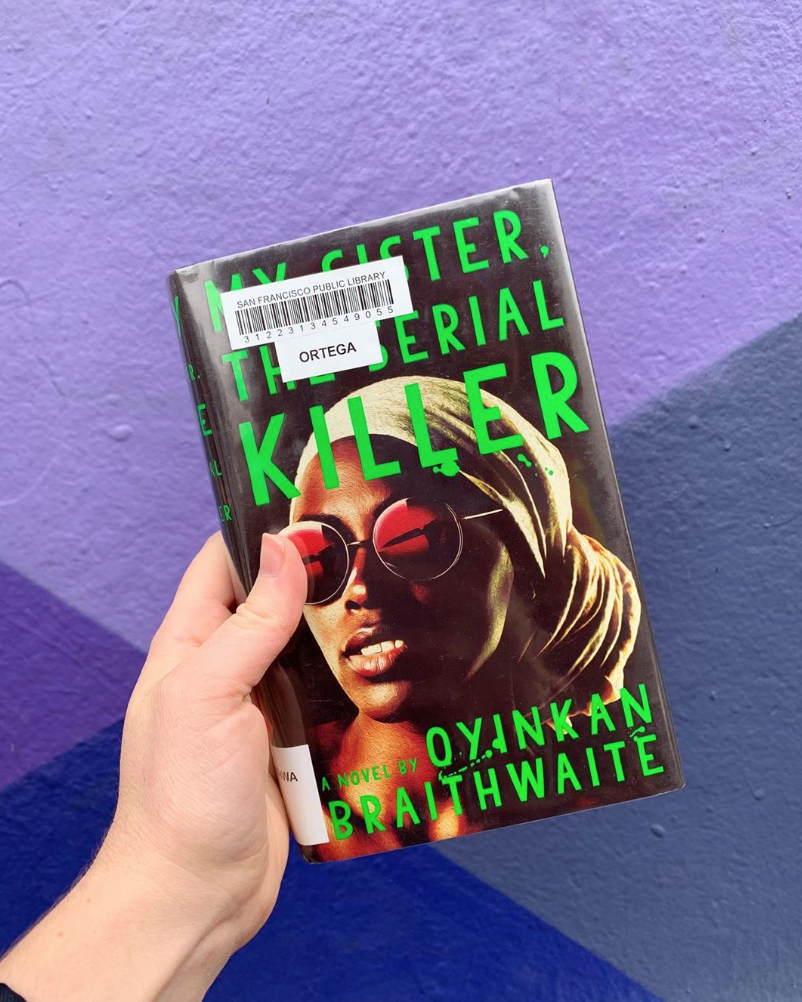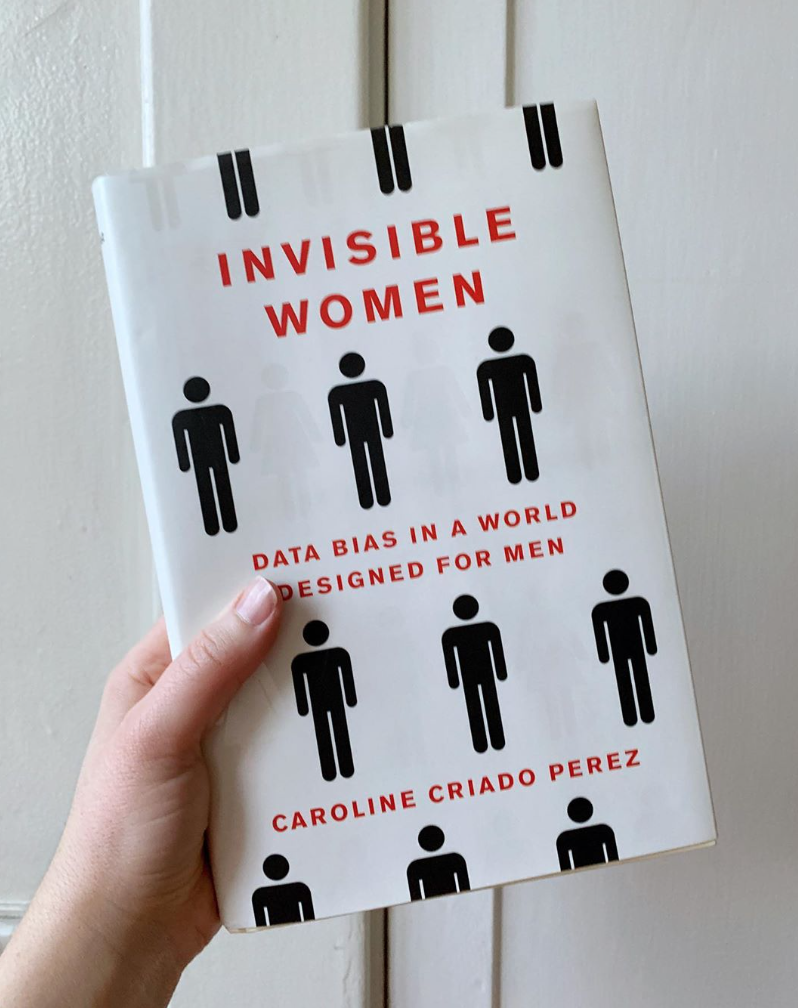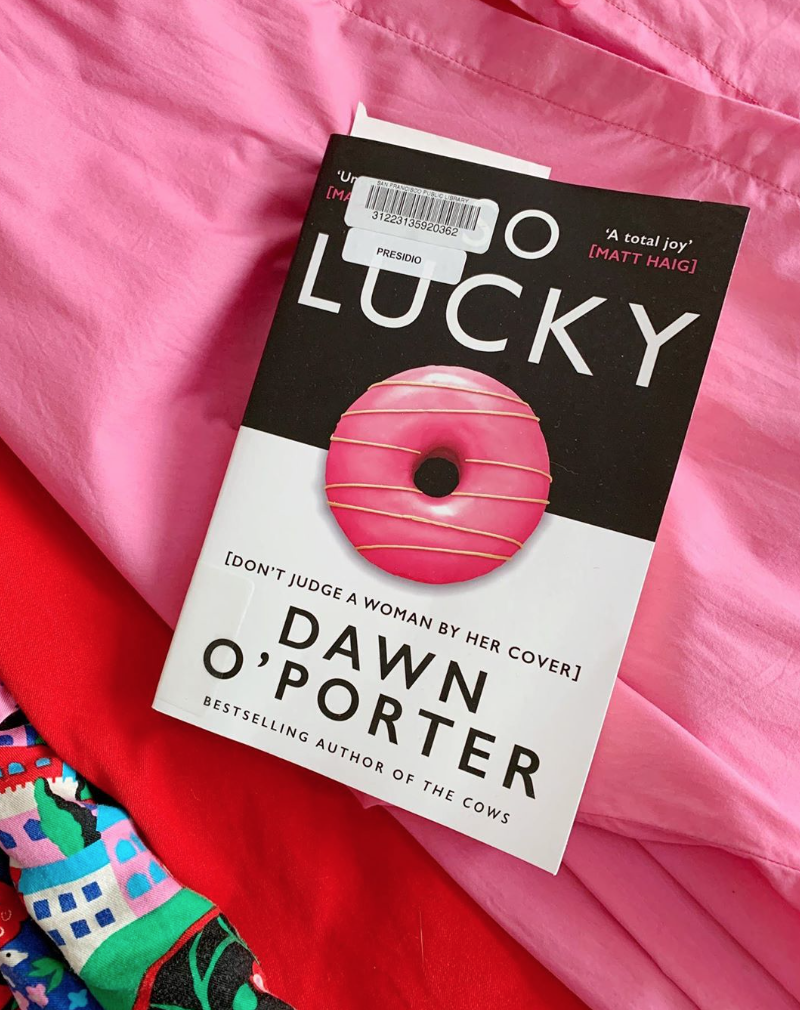I Only Read Books By Women For A Year. Here’s What I Learnt …
Analysing the concept of ‘chick-lit’ and the power in surrounding yourself with only female writers …
“I am a voracious reader. I love nothing more than browsing the shelves of the local bookshop or reserving – and waiting excitedly for – new releases via my library app. I’ll cancel plans to finish a gripping book, and never shy away from piping up about plot lines at a book club …
I’ll read any two, maybe three, books per month I can get my hands on, happily trading a New York Times bestseller for a supermarket 2-for-1 thriller, or a collection of essays about the merits of museum design. Until recently, an author’s gender was never a factor I considered. That was until I noticed it, queuing up at the local library, three books balanced precariously under my arm as I ferreted around in my wallet for my library card. All three were written by women – an accidental theme that, come to think of it, had been the case for the last few months.
Despite believing passionately in gender equality in other areas of my life, it was only then that I considered it within the framework of the culture I consume.
Novelist Kamila Shamsie made an impassioned plea in a piece for The Guardian back in 2015 for 2018 to be the “Year of Publishing Women.” To coincide with the centenary of women over 30 getting the vote in the UK, Shamise suggested that no new titles – fiction or otherwise – be published by male authors. It was a bold proposition, but “We must learn from the suffragettes that it’s not always necessary or helpful to be polite about our campaigns,” said Shamise.
“History has a way of weeding out women, but the more we buy and read their novels, essays, theorems and poetry, the more we can ensure their wisdom can’t be erased.””
Female authors consistently come out on top in literary bestseller lists (hello Michelle Obama, Delia Owens, Celeste Ng), and women reportedly buy more than 60% of books sold in the UK, yet their recognition at a literary prize level is still woefully lacking.
Figures from the Booker Prize for Fiction show that women have won only one third of the accolades given out during the prestigious prize’s 50-year history, and out of over 100 winners of the Nobel Prize for Literature, only 14 are women. Although last year’s Booker Prize didn’t go to a male author – it was shared between Margaret Atwood and Bernardine Evaristo – it felt somehow minimising to split it in half, especially as Evaristo’s win marked the first time the prize has ever been awarded to a black woman.
Standing in the queue that day, I scrolled back through Instagram, chalking up how many photos of books I’d posted by female authors, I decided I didn’t want this streak to end – I wanted to dedicate a whole year to reading women. Twelve months of reading any book under the sun, so long as it was penned by a female author. I went back to the shelves and Zadie Smith, V.E. Schwab and Leila Slimani all came home with me, too.
I proceeded to spend nights curled up with Celeste Ng and Caitlin Moran. I schooled myself on race thanks to Reni Eddo-Lodge, and discovered the history of colour via the words of Victoria Finlay. Women of differing countries, generations, ethnicities and sexual persuasions accompanied me on long-haul flights, in hospital waiting rooms, and late at night when I couldn’t sleep. Their characters had me laughing out loud, nodding vehemently in agreement and silently sobbing – sometimes all in one chapter.
My list of must-read books grew and grew, allowing me to discover the work of both young, debut authors such as The Lido’s Libby Page, and seasoned novelists like Meg Wolitzer. I found myself talking more – debating more – with friends and my partner about the women whose words I was reading. I sought recommendations from magazines, podcasts and even Instagram, following digital book clubs set up by actors Emma Watson and Reece Witherspoon, and the fashion website, Man Repeller.
As the months passed by, I began examining not just what I had in common with the authors I selected, but the characteristics we diverged on, and I prioritized titles written by or featuring protagonists of colour, of different social classes and religions. I’m not suggesting that ingesting a great book can stand in for lived experience, but one of the joys of fiction is its ability to transport us to another world, and I gained a lot by planting my feet in the shoes of so many different women, for 300 pages at a time. By actively expanding my cultural exposure, I inadvertently widened my capacity for empathy, and increased my understanding of allyship.
“There are still books by men I can’t wait to read – of course there are – but giving myself space to focus on the creative output of a gender still battling to shake off centuries of repression and bias has been my own little act of resistance.”
Since undertaking this challenge my appetite for reading has only grown, and I find myself consistently reaching for the stories of women, written by women. This applies to non-fiction, too – Caroline Criado-Perez’s ‘Invisible Women: Data Bias in a World Designed for Men’ opened my eyes to a lack of gender parity across numerous industries, and Anne Helen Petersen’s pop culture essay collection, ‘Too Fat, Too Slutty, Too Loud: The Rise and Reign of the Unruly Woman’, has educated me in the ways society tries to hold unconventional women down.
I’m not alone in my desire to focus on female authors; this year, to celebrate its 25th anniversary, the Women’s Prize for Fiction has set a #ReadingWomen challenge, encouraging fellow bookworms to read the prize’s previous 24 winners. And thanks to hit television and film adaptations, authors like Margaret Atwood and Daphne du Maurier are being introduced to a whole new generation of readers, while contemporary fiction, like Sally Rooney’s ‘Normal People’, is reaching an even wider audience on the silver screen.
There are still books by men I can’t wait to read – of course there are – but giving myself space to focus on the creative output of a gender still battling to shake off centuries of repression and bias has been my own little act of resistance.
When women are underrepresented as characters, authors or publishers, vital stories are lost. Their narratives – real or imagined – can act as lights in the darkness; humour when all hope is lost. History has a way of weeding out women, but the more we buy and read their novels, essays, theorems and poetry, the more we can ensure their wisdom can’t be erased.”
-
To find more of Sarah’s work you can find her on Instagram at @shipshapebf, via her blog at www.shipshapebristolfashion.com, or listen to her podcast, Non Native, which works to highlight the stories and experiences of female immigrants and expats.

